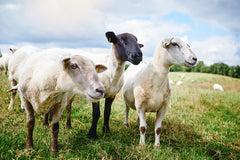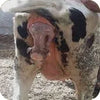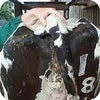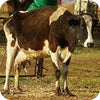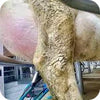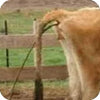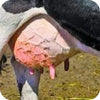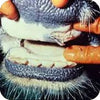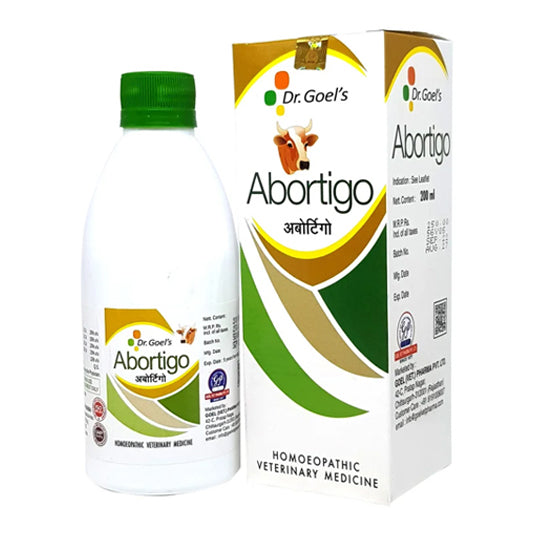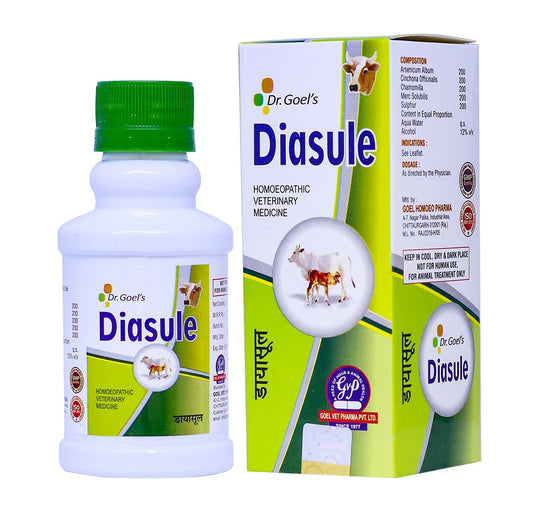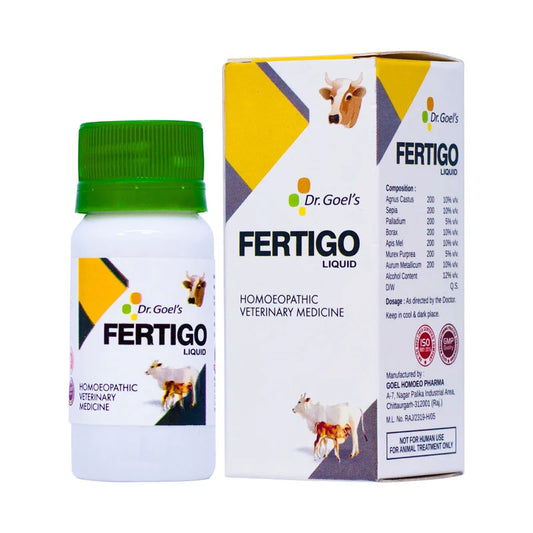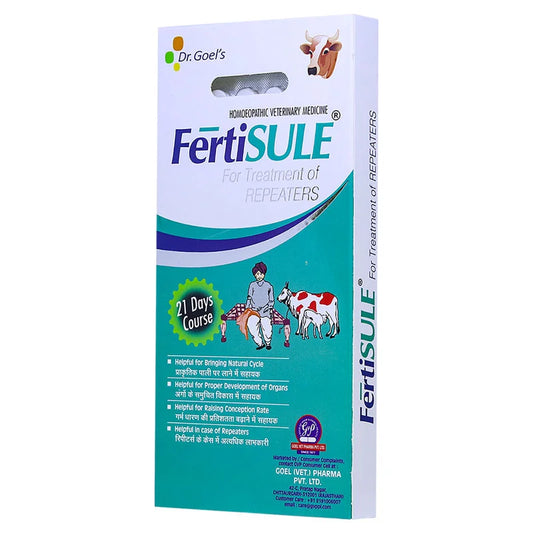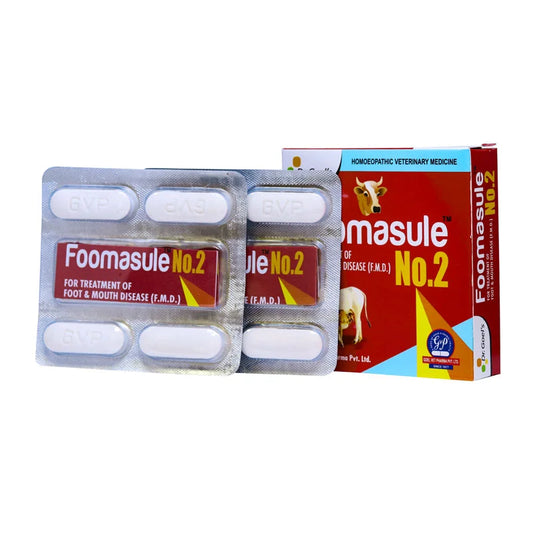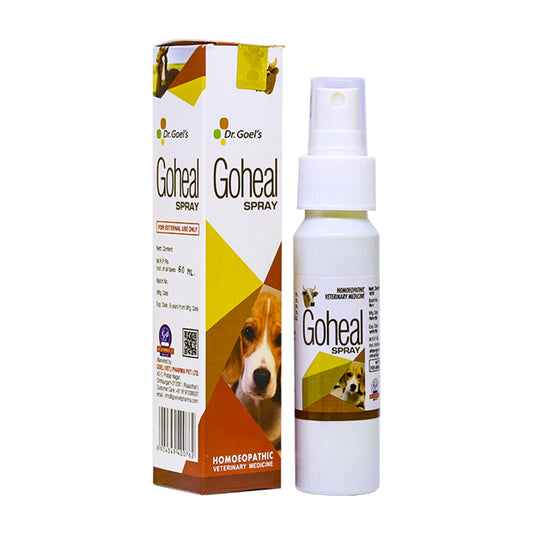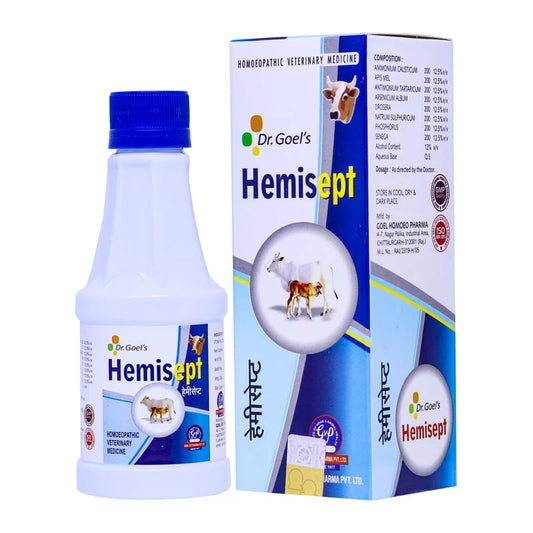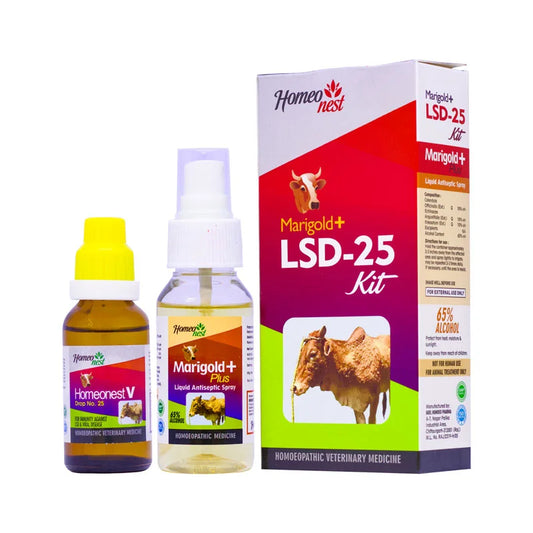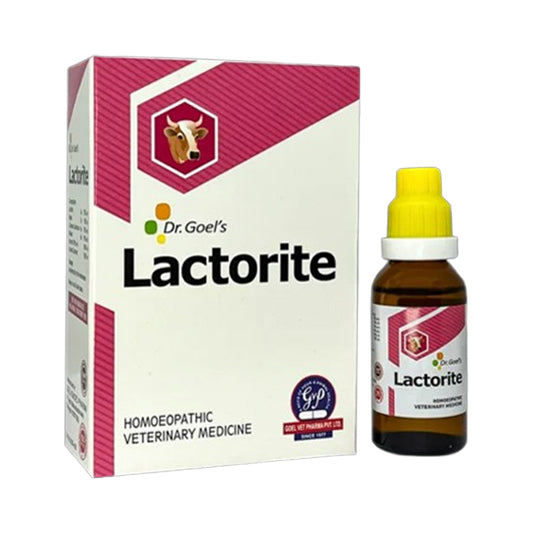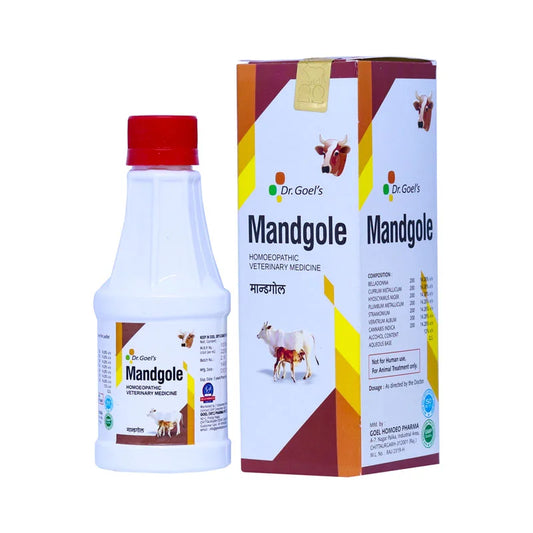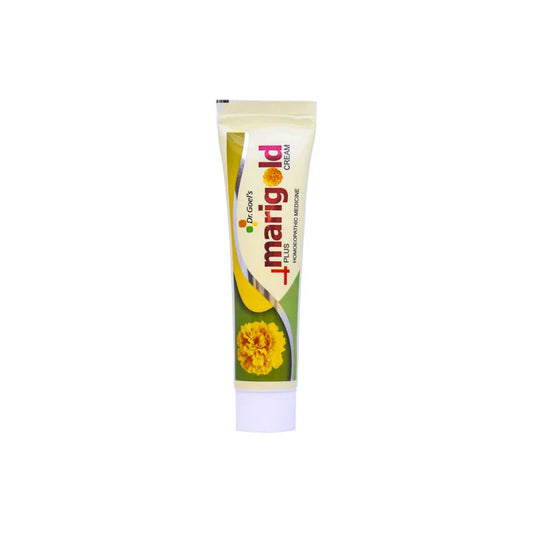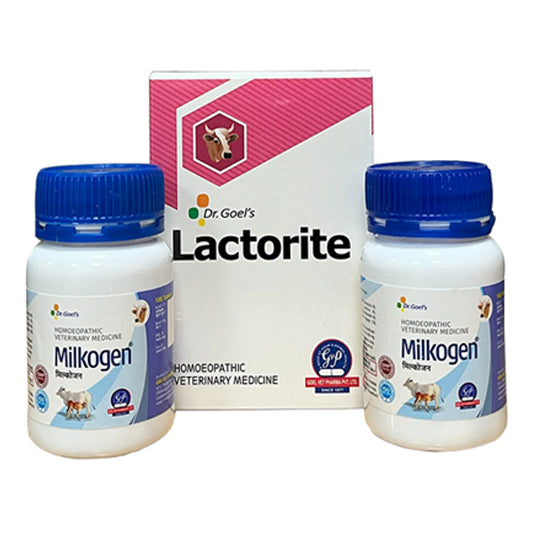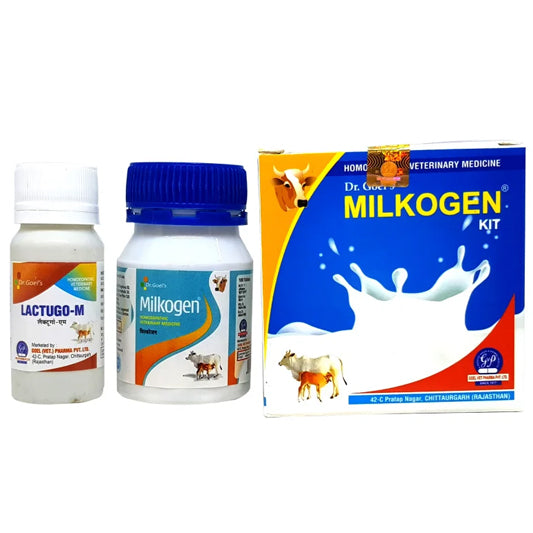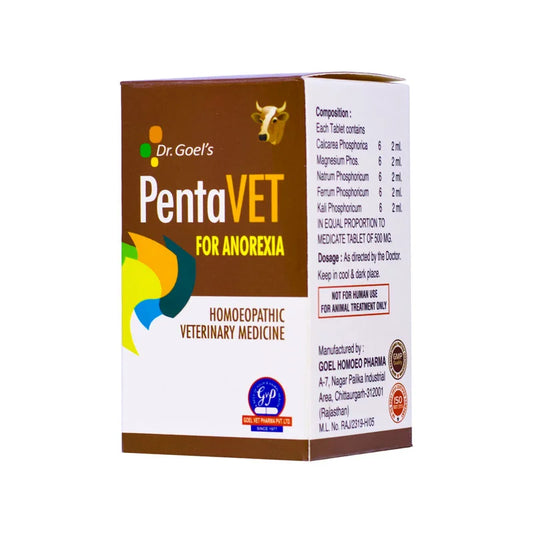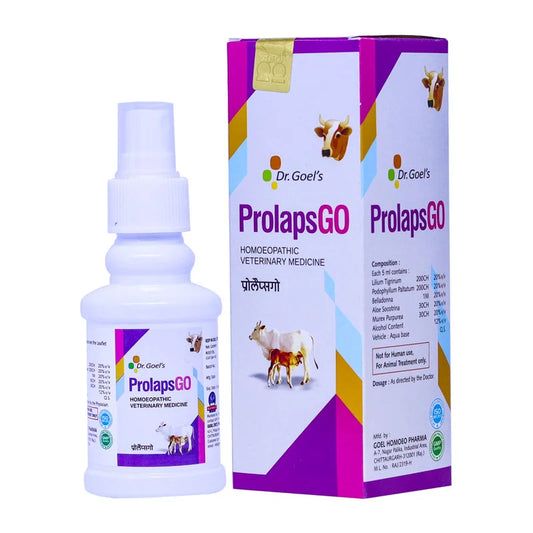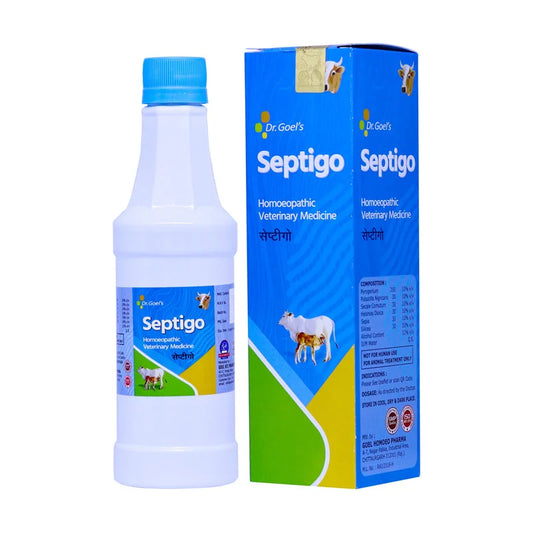
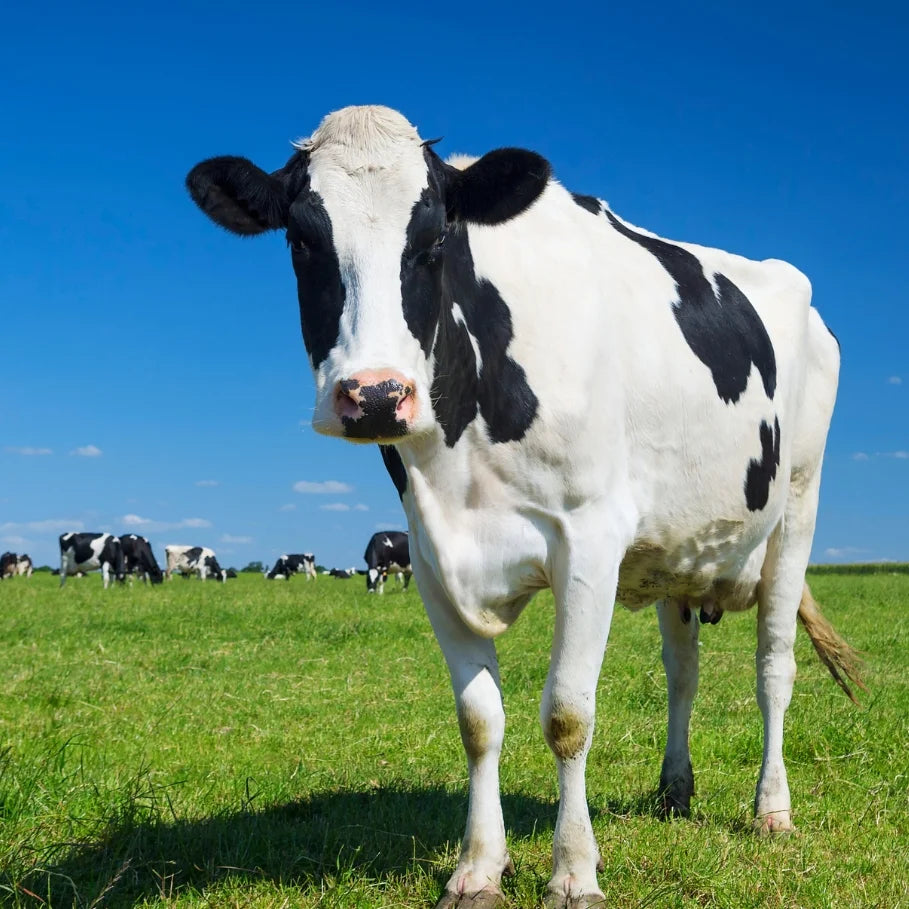
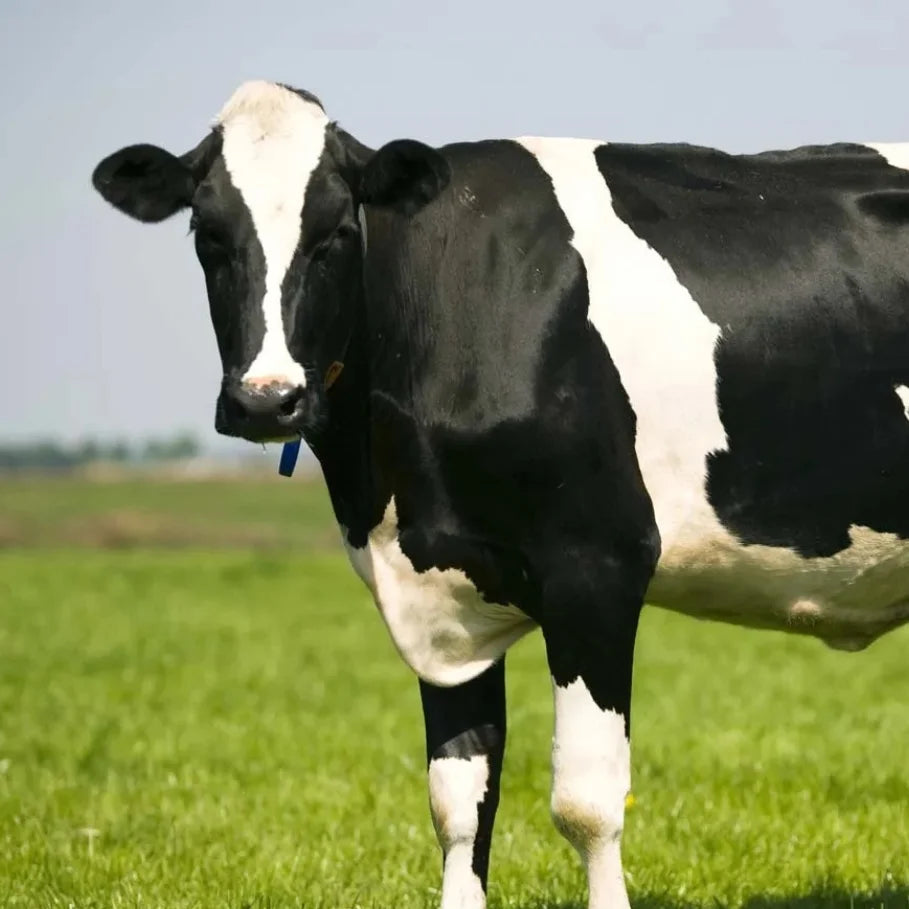
Jersey Cow
| Lifespan Jersey cows typically have a lifespan ranging from 18 to 22 years, with some individuals living 25years or more under optimal care conditions. |
Origin The breed originates from the Island of Jersey, located in the English Channel near France. It is one of theoldest dairy breeds, with records dating back to the 1700s. |
| Temperature Adaptability Jersey cows are adaptable to various climates but thrive best in temperate regions. They can manage in warmer climates due to their relatively small size and efficient heat dissipation. |
Weight Cows: Approximately 400–500 kg (880–1,100 lbs) Bulls: Approximately 540–820 kg (1,190–1,810 lbs) |
| Colors They are generally fawn-colored, with variations ranging from light tan to dark brown. Some Jerseys may exhibit white markings. |
-- |
About the Breed
Jersey cows are the smallest of the major dairy breeds. Despite their size, they are efficient producers, yielding high-quality milk with notable butterfat content. They are known for their docile temperament, early maturity, and ease of calving. Their adaptability and efficient feed conversion make them a popular choice for dairy farmers worldwide.
Milk Production
Jerseys produce milk with an average butter fat content of 4.84% and protein content of 3.95%. While their total milk yield is lower than some larger breeds, the richness of their milk makes it highly valued, especially for products like cheese and butter.
Common Problems in Jersey Cows
While Jerseys are generally hardy, they can be prone to certain health issues:
Milk Fever
Due to high calcium demands for milk production, they are susceptible to hypocalcemia post-calving.
Mastitis
Their high milk production can make them prone to udder infections if not managed properly.
Lameness
Poor hoof health can lead to lameness, especially if housing conditions are not optimal.




